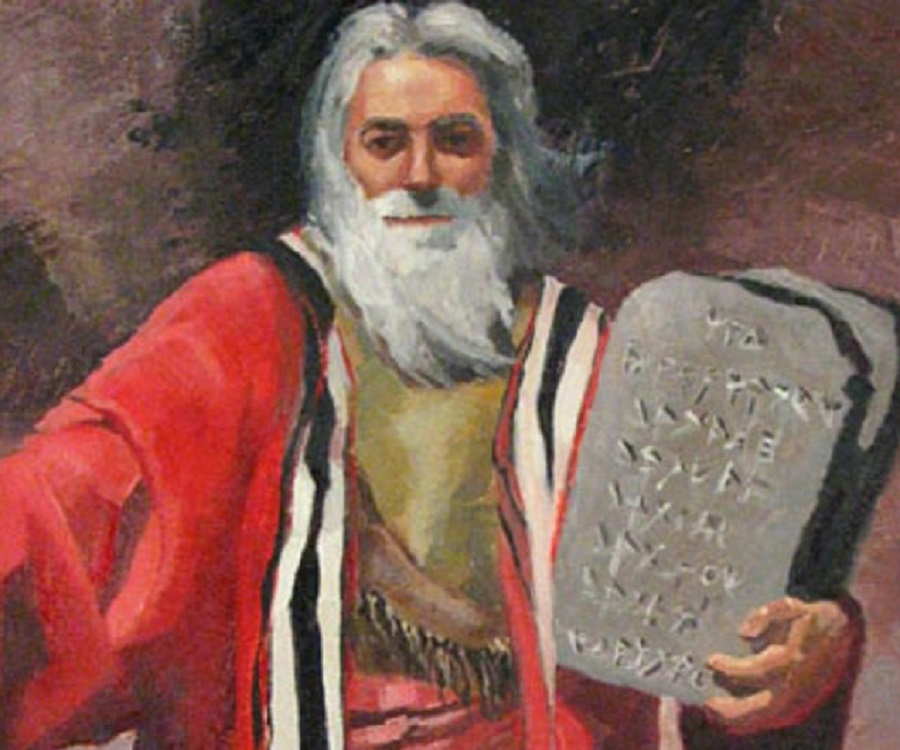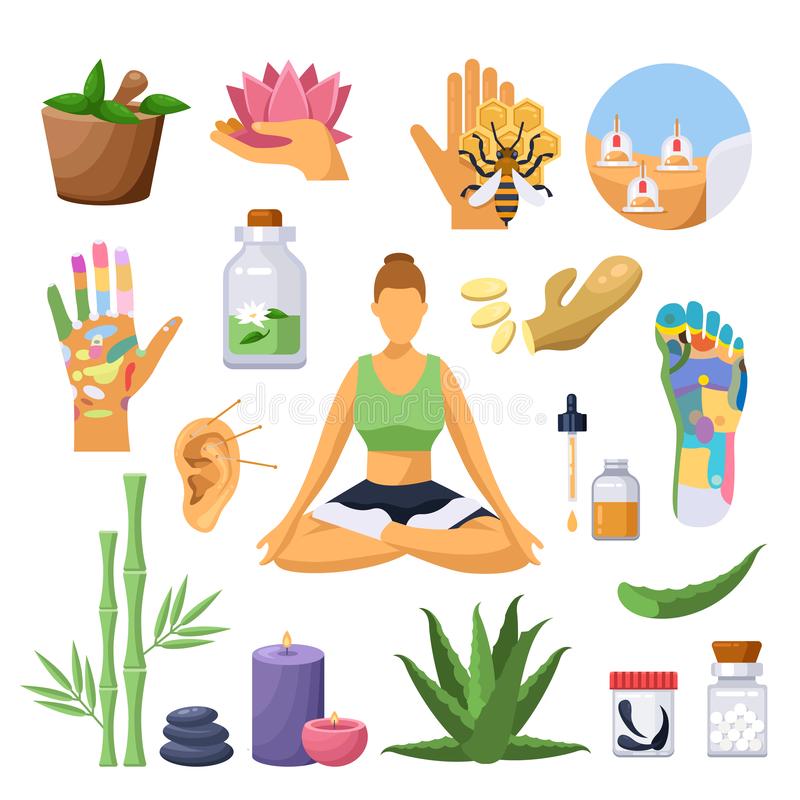Ever since the fall of Edema and the loss of the grace of God, humanity has been creating for itself numerous, unbiblical alternative ways of observing and interpreting a world inhabited by views that glorify and worship nature and man instead of the Creator.
Some of these worldviews are as follows:
PANTEISM: the belief that the impersonal essence of God pervades everything in creation.
MONISM: the doctrine that everything came from a single major or superior substance. “One is all and all is one.”
ANIMISM: the belief that everything living and inanimate has a spirit or soul, and NATURALISM: the doctrine that all phenomena stem from natural causes and can be explained by scientific laws.
These unbiblical understandings of the world also encompass a range of health philosophies and therapies that Westerners have considered for centuries to be primitive and less valuable. However, over the last two decades, many such Eastern and occult ways of healing have reached the very center of today’s lifestyle, creating confusion for true Christians.
The confusion is due to the fact that these non-biblical health philosophies and treatments are declared “holistic” and “natural.” In the same way, many Christian fundamentalists had an “overall” approach to health, based on the Jewish Scriptures. These two philosophies may look similar, but in fact they are as far apart from one another as east from west.
The question that every true Christian should ask is, “Can I safely be treated by these methods without compromising my physical health or spiritual connection with my Lord?”
Traditional Chinese Medicine
Chinese medicine, used and practiced by tens of millions of people in China and millions of others around the world, is one of the oldest traditional medicine. Its beginnings date back to 2000 BC. e. The oldest records of Chinese medicine are found in The Yellow Emperor’s Classic Internal Medicine, which was written millennia ago and has influenced many other Asian countries, such as Japan, Korea and the Philippines.
Much of today’s Chinese medicine is based on Taoism. Since this is a monistic worldview, the basis of learning is that everything in the universe is made of one main matter. Taoists believe that humans are an integral part of the universe and that the universe is an integral part of each. They describe the entire living and non-living world as one huge, harmonious symphony in which man is no more significant than other participants in nature. This view of the world is very different from the account of the creation of the world in first Book of Genesis, represented and followed by Christians and where God is the Creator and Sustainer of the universe with all its elements and types; and man, being created in His image, is superior to everything else in nature.
Dual General Energy (YIN and YANG)
The first law of Chinese medicine is the Taoist dual general life force of energy, known as YIN and YANG. According to Chinese Taoists, “all life and all the material universe came from a single source that represents a single and indivisible whole present in everything.”
These two opposing universal forces, YIN and YANG, are the archetypal opposites that are supposedly combined to create everything in the corresponding world. Thus, the Chinese Taoist can classify literally everything we experience with our five senses, which is visible or invisible, either in the YIN or the YANG category. For example: Earth, Moon, Darkness, Night, Passive, Cold, Autumn, Winter, Left, Slow, Negative, Evil, Female, etc. all belong to YIN.
Space, Sun, Light, Day, Aggressive, Hot, Spring, Summer, Fast, Positive, Good and Male are YANG.
Gold, silver, and jade also have YANG qualities, which is one reason why some Asian women let numerous gold ornaments hang from their pierced ears. Even the bodily organs are classified into one of the two categories mentioned. Dense internal organs such as the kidneys, lungs, heart, liver and bones are classified in the YIN. Organs like the spleen, bile and skin are YANG.
The balance of these two universal forces of vital energy is supposed to provide harmony, health and freedom from pain. This theory is called the “Law of unity of opposites”. It is believed that whenever there is an imbalance or lack of either YIN or YANG energy in the human body, pain or illness occurs. In order to restore such a person’s health or relieve pain, it is necessary to restore a harmonious balance between these two universal energies. This is where acupuncture needles come into play. They are stuck in so-called acute gdue and it is thought that there was a blockage of either YIN or YANG energy. The thrust of acupuncture needles serves to release and allow a balanced flow of YIN and YANG energy in that body duct. This remains to be proven scientifically. *
Among the therapies based on this Taoist philosophy are acupuncture, acupressure, shia, and macrobiotics.
Ayurvedic Traditional Medicine
Ayurveda is another ancient healing skill that originated in the Indian subcontinent among the Indians some 3000 to 4000 years ago. The name Ayurveda comes from two Sanskrit roots: “sight” meaning knowledge and “adus” meaning daily life and the life cycle. Ayurvedic medicine was created by the same sages who came up with the original Indian forms of meditation, yoga and astrology. Its main premise is “that all beings come from nature, that we are an integral part of the entire universe and therefore have a responsibility to that source. It is a system that recognizes that the elements (air, fire, water, earth and space) in each individual occur in different combinations and proportions, with their own path to balance. “
In addition, Ayurvedic doctors, vaidyas / nutrition, herbs and physiology all use occult principles of astrology, gemstone and color treatments, and “climatology”. The goal of all these methods is to balance the energy forces of life in the human body, similar to the Chinese dual energy II made up of YIN and YANG. Mystical meditation, which leads to an altered state of consciousness (a type of autohypnosis), used by both the patient and the physician, is the primary and fundamental aspect of Ayurvedic healing.

Jewish medicine from inspired writings
When God instructed Moses to bring to Israel the principles of health and healing of disease, both Egyptian and Mesopotamian civilizations already had developed medical systems. Moses, who completed his university studies in Egypt, was no doubt well versed in the ways in which Egyptians treated and maintained good health. Nonetheless, God did not allow Moses to include any of these Gentile therapies in the health rules given to Israel in the Pentateuch. This is clear evidence that God did not want His people to participate in or borrow from Gentile healing systems.
Paul, in his epistle to the Corinthians, expresses God’s thought very clearly when he says, “
What harmony is there between Christ and Belial? Or what does a believer have in common with an unbeliever? What agreement is there between the temple of God and idols? For we are the temple of the living God. As God has said:
“I will live with them
and walk among them,
and I will be their God,
and they will be my people.”
Therefore,
“Come out from them
and be separate,
says the Lord.
Touch no unclean thing,
and I will receive you.”

